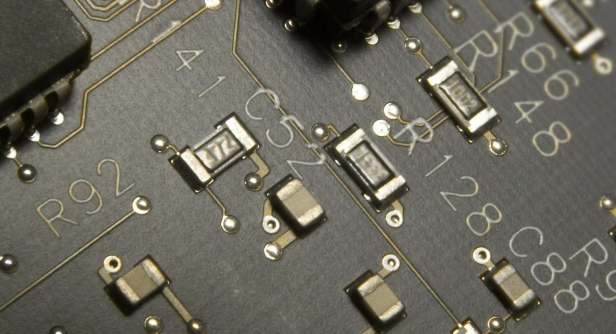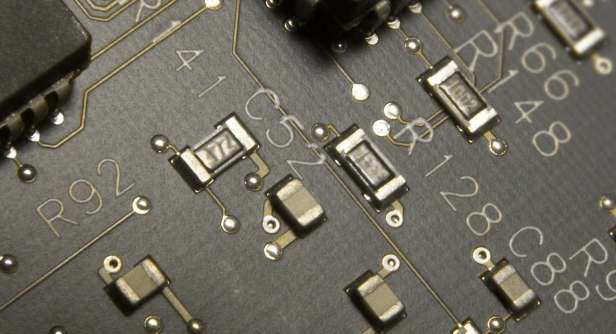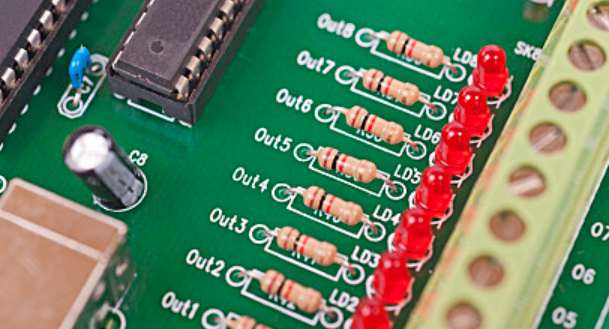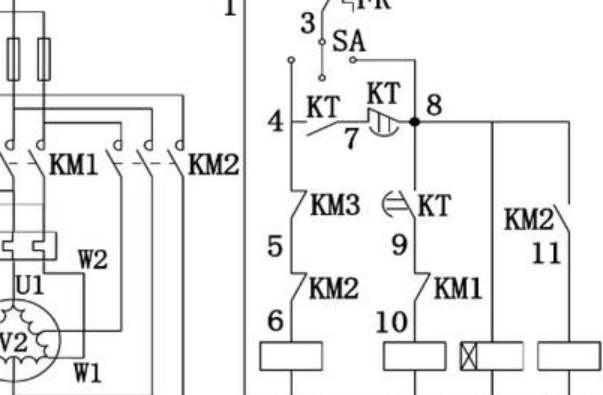
The ability to lay out complex circuits on a single board is very important in electronic design. However, the manufacturing costs associated with board development lead to the use of more advanced materials and technologies. These make it easier to manufacture fully flexible PCBS. Flex pcb circuits are quite a complex subject and sometimes difficult to understand. Whether you have been doing flexible PCB design for years or are just starting out, one thing you must learn is how to properly route flexible PCB circuits and stiffener boards.
Flexible PCBS, stiffeners and overall flexibility have been hot topics for years. The more manufacturers and designers integrate flexible PCBS into their designs, the more their attention shifts to how flexible PCB components can be strengthened to control how much flexibility there may be in the design. This guide will help you learn more about Flex PCB stiffeners.
Flex pcb Stiffener Basics
A stiffener board is an extra layer of material on a flexible PCB that helps prevent the board from bending and breaking. Flexible pcb stiffeners help prevent mechanical damage during product handling and use. Flexible pcb circuits that bend too much or fall on their edges may break or destroy their joint pads or traces. The stiffener prevents this by reinforcing the weakest point of the board, its edge.
Stiffeners are commonly used in designs that require a large amount of force or torque to be applied to the material. They are also commonly used to design electronic products that need to withstand shocks, such as those in automotive applications. They can be made from a variety of materials, including FR4, glass-reinforced epoxy, polyimide or carbon fiber. The stiffness of the stiffener will depend on the material chosen and the thickness of the layer. The thickness of pcb stiffeners should be selected according to the expected stress and deflection requirements of the application.

Why are stiffeners important in Flex PCB?
These limitations are important because there are design trade-offs between plate stiffness, limitations of a given housing or contour size, assembly considerations, and manufacturing costs. Reinforcement placement and materials are often chosen to balance all of these factors while meeting EMI shielding requirements or other design-specific requirements.
Stiffener boards in flexible pcb circuits are common, but not required in all designs. If you do not use one of these, it may cause problems with your design because the current cannot flow through your flex pcb circuit without causing interference or noise problems.
Flexible PCB reinforcing material
Flexible PCB reinforcing materials are both flexible and rigid, providing support and rigidity for flexible PCB circuits. Flexible PCB reinforcing boards can be made from polyimide or glass filled epoxy resin materials. Flexible PCB reinforcing materials are usually coated with non-conductive materials to prevent a short circuit between the conductive trace and any metal components on the board surface. Stiffeners support the stitches and prevent them from bending excessively when bent in narrow corners or bumps.
The pcb stiffener thickness of the strip depends on the stiffness required for your application. For example, if you are mounting components on a flexible PCB and applying a lot of force, you may need to reinforce the board with a thicker flexible PCB, rather than requiring less support to mount the components on thinner plastic.
Flexible PCB reinforcement: common materials
Depending on the pcb stiffener application you are dealing with, you must use several different types of stiffener. Knowing the different types can help you choose the right type for your flex pcb project.
FR4 Stiffener for your flex pcb
FR4 is a glass epoxy laminate with excellent mechanical properties and high temperature resistance. It can be used in many applications requiring good thermal stability. The main disadvantage of using FR4 compared to other materials such as polyimide (PI) or stainless steel (SS) is its low chemical resistance.
PI stiffener for your flex pcb
PI is a polyimide film laminate material with excellent chemical and heat resistance compared to FR4. However, due to its thin film structure, it has lower mechanical properties than FR4 and is therefore more prone to cracking when subjected to large loads or stress concentrations. In addition, PI's poor thermal conductivity compared to FR4 limits its use as a flexible PCB reinforcement unless additional measures are taken, such as adding copper trace wire for heat dissipation.
Stainless steel stiffeners for your flex pcb
Stainless steel is a sheet metal that can be used as a stiffener in some cases because it has good mechanical properties and can be bent without too much deformation (i.e., it has high yield strength). Stainless steel plates can be cut using standard tools such as scissors and occluder. In addition to cutting using standard tools, stainless steel can also be laser cut into any desired shape, making it an ideal candidate for flexible PCB stiffeners, where many different shapes may be required for various designs.









